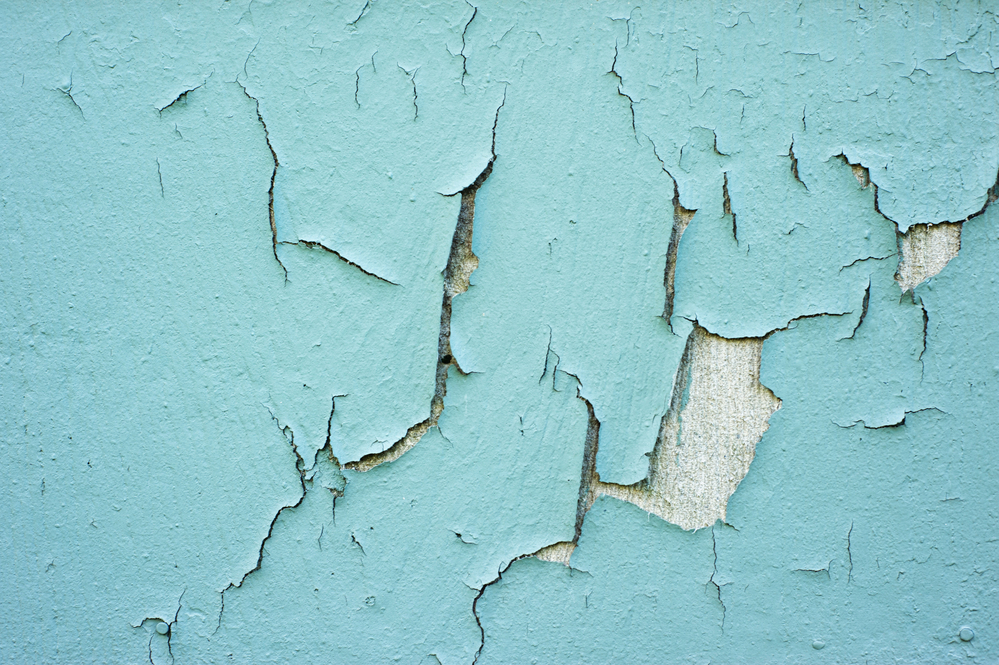Regardless of how insignificant it may seem, any form of water damage can not only have a severe effect on your family’s overall standard of living; in many cases, it poses serious risks to a person’s health as well. Although some water- and dampness-related issues will only be detectable during a thorough property inspection, many others can be spotted with the naked eye if you know what to look for when viewing a property.
1. Condensation
A home’s windows are a crucial indicator of excess condensation. If windows display heavy condensation, it’s an indication that the property does not have sufficient ventilation flowing through it. It is recommended that you move curtains and blinds to see whether mould or water stains are present behind them, or if there are small pools of water on windowsills.
2. Rust and Water Stains
If there are any signs of rust marks or brown stains on ceilings or walls, it is a confirmation of there being water damage and dampness in your home. This is especially true in areas that do not receive a lot of flow through ventilation.
3. Musty Smells
Another way to detect whether dampness or mould is present is to stick your head into closets and cabinets to see if there is a damp or mouldy smell present. If there is even a hint of this, it is recommended that you have an inspection performed to see where mould and dampness is present.
4. Visible Mould
Mould can present itself as being white, green or black. Some of the most common places where it presents itself is in tile grouting, under bathroom and kitchen sinks, in the corners of showers, on ceilings and almost anywhere else that doesn’t receive sufficient ventilation. If a section of mould is larger than one to two square inches, it is a clear indication of a dampness-related issue that should be addressed immediately.
Keeping Dampness and Mould at Bay.
The saying, “Prevention is better than cure” certainly applies with regards to keeping dampness and mould from taking up residence in your home. First and foremost, it is essential to ensure that there is a steady flow of air throughout your home – mould thrives in areas where there it not enough fresh airflow.
It is recommended that you inspect your home’s roof regularly for signs of damage, as this is one of the main areas where water and dampness will try to enter your home. Gutters should also be kept clean to prevent moisture from damming up in them.
Ensuring that your home is kept free from moisture as far as possible will help prevent the development and spread of condensation, dampness and mould as well. When using heat-generating appliances such as ovens, clothes dryers or even spending longer than usual in the shower, it’s recommended that windows be open or exhaust fans be operating, as this will help draw excess moisture out of your home. If you have severe dampness in your home, using a dehumidifier can also go a long way in preventing mould from developing.





